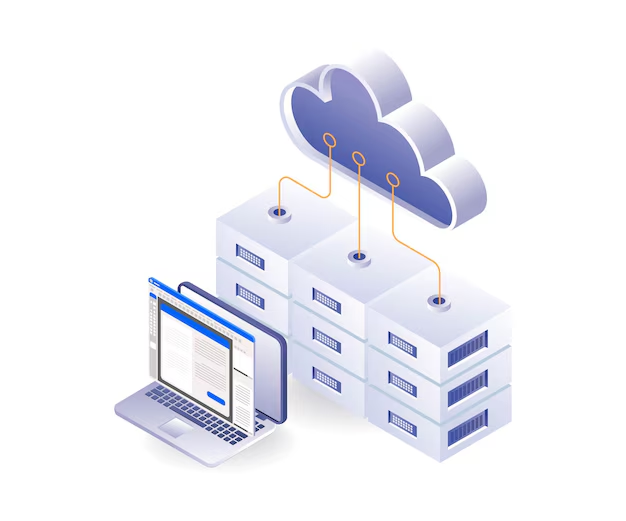
A Complete Guide to Edge SEO 2024: Boosting Performance and Rankings
Table of Contents
As the digital landscape continues to evolve, businesses are constantly looking for ways to improve their online presence. One of the most promising strategies in 2024 is Edge SEO, which optimizes content delivery and user experience using edge computing technologies. This comprehensive guide dives into the basics of Edge SEO, its benefits, implementation strategies, and best practices to maximize performance and rankings.
What is Edge SEO?
Edge SEO involves optimizing your website’s content and infrastructure at the network’s edge—closer to the end user. Instead of relying solely on centralized servers, edge computing uses a distributed network of servers located geographically closer to users. This results in faster loading times, improved performance, and enhanced security.
Benefits of Edge SEO
- Improved Load Times
- Latency Reduction: By caching content at edge servers, data travel distances are minimized, significantly reducing latency.
- Faster User Experience: Quick load times are critical for retaining visitors and reducing bounce rates, which can positively impact SEO rankings.
- Enhanced User Experience
- Localized Content Delivery: Edge servers can serve tailored content based on the user’s location, increasing relevance and engagement.
- Consistent Performance: Regardless of user location or traffic spikes, edge SEO ensures stable performance.
- Scalability
- Handling Traffic Surges: Edge servers can efficiently manage high traffic loads, ensuring that your site remains functional during peak times.
- Flexibility: As your user base grows, edge solutions can scale seamlessly to accommodate increased demand.
- Improved Security
- DDoS Protection: Many edge solutions come with built-in security features that protect against Distributed Denial of Service attacks.
- Data Privacy: Caching sensitive data at the edge can enhance privacy by reducing the data sent to centralized servers.
- Cost Efficiency
- Reduced Bandwidth Costs: Caching minimizes the need for data transfer from the origin server, lowering bandwidth expenses.
- Optimized Resource Allocation: Edge SEO can lead to more efficient use of server resources, resulting in cost savings.
Implementing Edge SEO

To effectively implement Edge SEO, follow these steps:
1. Assess Your Current Infrastructure
- Evaluate Performance Metrics: Analyze your website’s current performance using tools like Google PageSpeed Insights or GTmetrix.
- Identify Bottlenecks: Look for areas where load times lag and determine if your server infrastructure is centralized.
2. Choose an Edge Service Provider
- Research Options: Explore providers like Cloudflare, AWS CloudFront, or Akamai that offer edge computing services.
- Evaluate Features: Look for features like CDN capabilities, security measures, and analytics tools.
3. Optimize Content for the Edge
- Dynamic Content Caching: Implement strategies to cache dynamic content where applicable. Use cache-control headers to manage what can be cached.
- Minimize Redirects: Reducing the number of redirects can decrease load times significantly.
4. Leverage Local SEO Strategies
- Geo-Targeting: Tailor content and SEO strategies based on user location.
- Local Keywords: Incorporate localized keywords in your content strategy to enhance visibility in local search results.
5. Monitor Performance and Adjust
- Continuous Monitoring: Use performance monitoring tools to track changes in load times and user engagement metrics.
- A/B Testing: Experiment with different configurations to find the optimal setup for your audience.
Best Practices for Edge SEO

- Prioritize User Experience
- Design your site with a mobile-first approach and ensure it’s responsive across devices.
- Focus on delivering high-quality, relevant content that meets user needs.
- Optimize for Core Web Vitals
- Pay attention to metrics such as Largest Contentful Paint (LCP), First Input Delay (FID), and Cumulative Layout Shift (CLS). These metrics are essential for user experience and SEO rankings.
- Implement Structured Data
- Use schema markup to help search engines better understand your content and improve visibility in search results.
- Regularly Update Content
- Fresh, relevant content not only engages users but also signals to search engines that your site is active and authoritative.
- Utilize Analytics Tools
- Leverage tools like Google Analytics and Search Console to gather insights on user behavior and content performance.
Edge SEO is transforming the way businesses approach online optimization. By leveraging edge computing technologies, companies can significantly enhance website performance, user experience, and search engine rankings. As we move further into 2024, adopting Edge SEO strategies will be essential for staying competitive in the digital landscape. By following this guide, you’ll be well-equipped to implement effective Edge SEO practices and drive measurable results for your business




